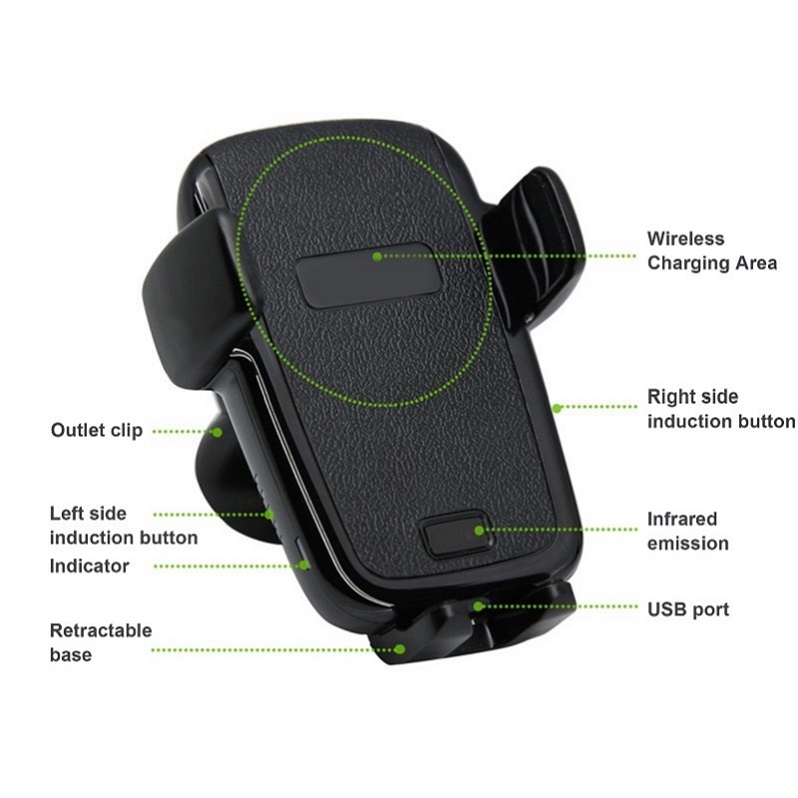Oscillator overview The oscillator is simply a frequency source and is typically used in phase-locked loops. In detail, it is a device that can convert DC power into AC power without external signal excitation. Generally divided into positive feedback and negative resistance type. The so-called "oscillation", its meaning implies communication, the oscillator contains a process and function that never oscillates to oscillate. Such a device can be converted from DC power to AC power, and such a device can be called an "oscillator." Sine wave oscillator An oscillator capable of outputting a sine wave is called a sine wave oscillator. Sine wave oscillators mainly include LC oscillator RC oscillators. The most basic part of the oscillator 1 triode amplifier; (from energy control) 2 positive feedback network; (feed back part of the output signal to the input) 3 frequency selection network; (to select the required oscillation frequency, so that the oscillator can oscillate at a single frequency to obtain the required waveform. How the LC oscillator works There are mainly LC loops composed of capacitors and inductors, which are free to oscillate through the mutual conversion of electric field energy and magnetic field energy. In order to maintain the oscillation, there is also an amplifier circuit with positive feedback. The LC oscillator is divided into a transformer-coupled and three-point oscillator, many quartz crystal oscillators using quartz crystals, and an LC oscillator composed of an integrated operational amplifier. Since the parameters of the device are not completely identical, the state of the two transistors changes at the moment of power-on. This change is caused by the positive feedback, which leads to a transient steady state. During the transient steady state, the other transistor is turned on or off after being gradually charged by the capacitor, and the state is reversed to reach another temporary steady state. This cycle begins to oscillate. The basic characteristic of the oscillator is that it can supply an AC signal with a certain frequency and a certain power to the load after the external DC power supply. There are two main points in this feature: (1) The outside of the oscillator is only a DC voltage, that is, a frequency input of 0 Hz, and the output is a signal of a certain frequency and a certain power. This means that the signal in the oscillator circuit has a process from nothing to small and then from small to large. (2) The final state of the oscillator is the state of outputting a fixed frequency and power, that is, a large signal is generated in the oscillator and then transitions to a stable state, and finally maintains this state. The above two points correspond to the starting condition, the balancing condition and the stable condition in the oscillator principle. These three conditions are the basis for oscillator analysis and the basis for oscillator design. In general, the principle of oscillator oscillation can be analyzed in two ways. One is to treat the oscillator as a double-ended negative feedback system, and the other is to treat the oscillator as a single-ended energy compensation system. There are two commonly used theories for analyzing and designing oscillators: feedback theory and negative-impedance theory. The following is a detailed introduction to feedback theory. Feedback theory A simple oscillator produces a periodic, usually voltage, output, and the circuit does not have an input at the continuous output. How does the circuit oscillate? It is known from the basics of the amplifier that the phase shift of the amplifier's own output at high frequencies will make the overall feedback positive, and oscillation will occur. So in a sense, an amplifier can form a negative feedback oscillator when the phase margin is insufficient. Barkhausen guidelines (Buckhausen guidelines): A feedback system can generate vibration. The following describes the basic conditions of the composition of the feedback system and the start-up. QI Car Charger
QI Car Charger is our 2019 innovative charger for any QI supported mobiles phones,it`s the newest technology and our private design in the market. Featured of automatic close the clamps while the Qi mobile phone close to and fast wireless charging, self-adaptive for 10W-7.5W-5W,this QI Wireless Car Charger makes you relaxed when driving.You can be concentrate more on the surrounding circumstances.
As a professional manufacture over 7 years experience, we Hequanqingnuo technology owns the brand of HQQNUO involved in different Cell Phone Battery such as IPhone Battery , Huawei Battery , Samsung Battery and other Cell Phone Accessories such as IPhone Battery Case, QI car charger, Wireless Phone Charger and etc.
Qi Car Charger ,Qi Wireless Car Charger,Wireless Mobile Charger,Qi Wireless Charger Shenzhen Hequanqingnuo Electronic Technology Co., Ltd. , https://www.hqqnbattery.com
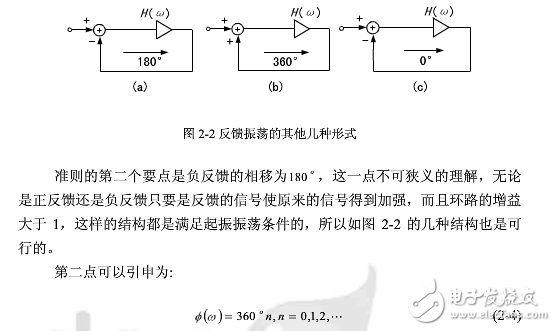
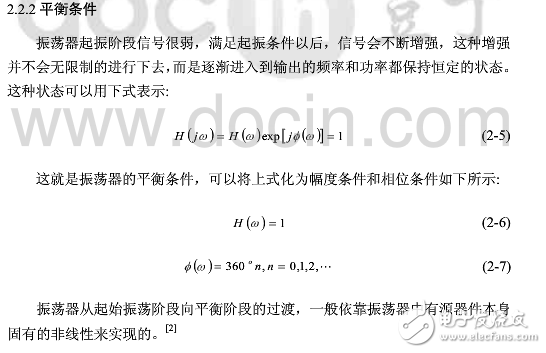
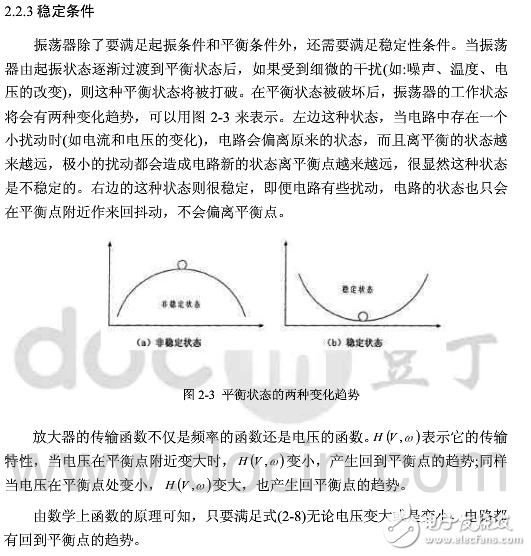
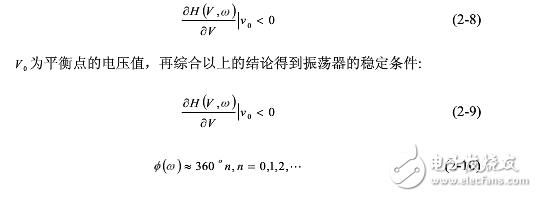
As long as the above two equations are met, the oscillator will work properly.
